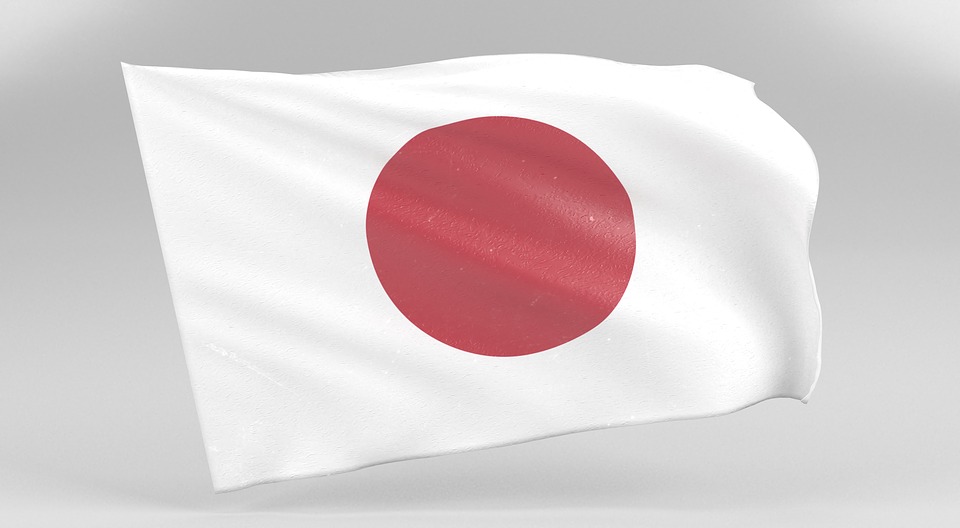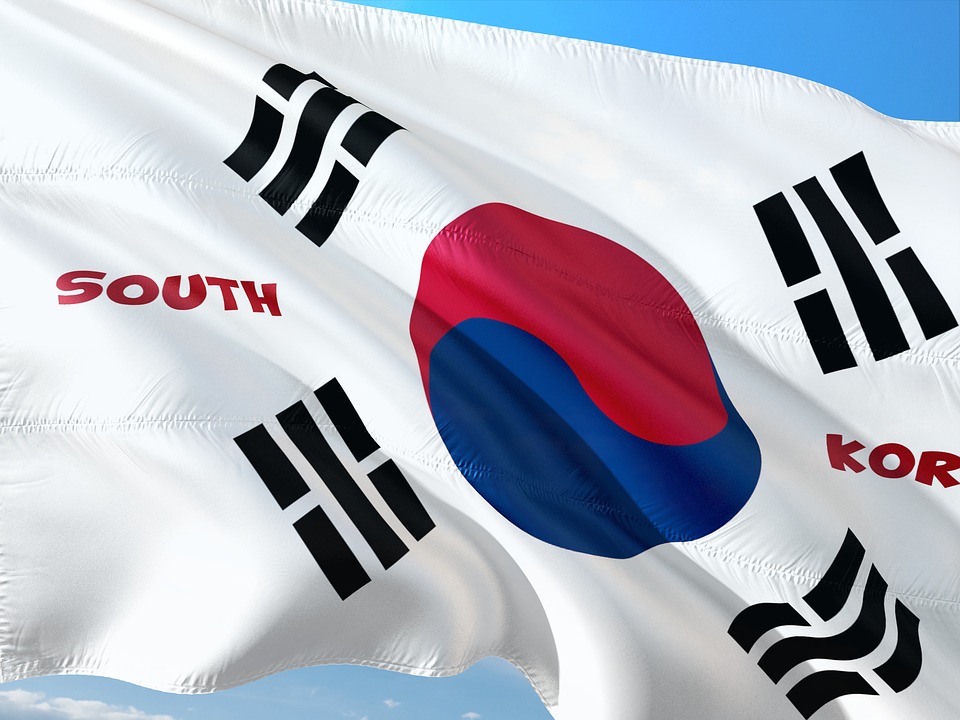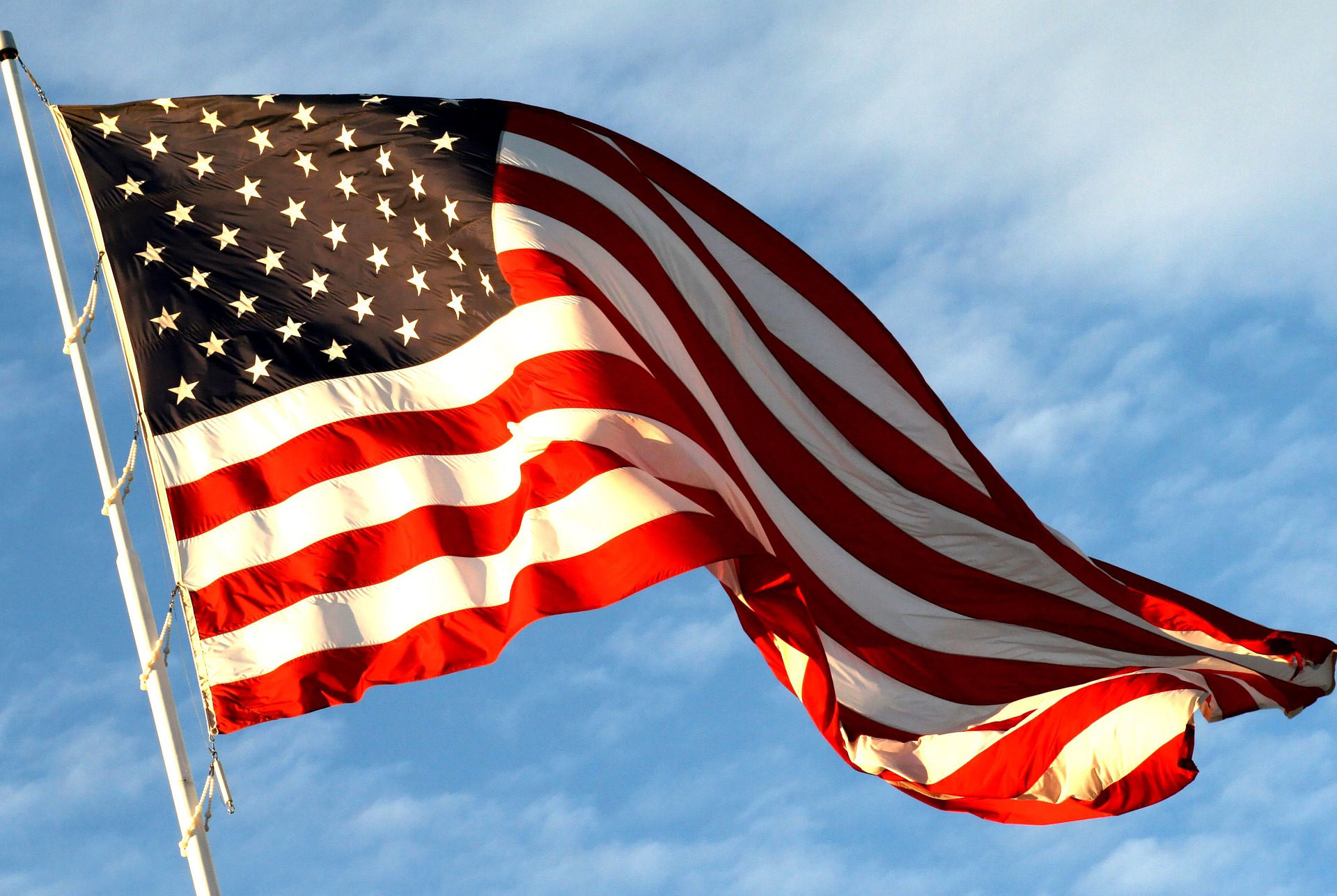Author: Zeng Lu
In 2021, the US government proposes a foreign aid budget to support global health and climate change; Japan's official development assistance expenditure may hit a record high; South Korea released a green development cooperation strategy.
Total words1669About3minutes
U.S. aid budget supports global health and climate change

The 2022 budget for international programs includes $58.4 billion from the State Department and USAID, and $3.3 billion from the Treasury Department. Of this, $10.1 billion supports global health initiatives to effectively prevent, detect and respond to future biological threats and epidemics. US$2.5 billion supports the global joint response to climate challenges, including US$1.2 billion for the Green Climate Fund, US$690 million for supporting developing countries in addressing climate change, and US$490 million for other multilateral initiatives. The budget will boost support for multilateral organisations, including $2 billion for UN peacekeeping and $3.3 billion for Treasury Department international programs. In addition, the budget will support the World Health Organization (WHO), the United Nations Office of the High Commissioner for Human Rights (OHCHR) and the United Nations Population Fund (UNFPA). US$10 billion will be used to support refugees and humanitarian aid, with a focus on displaced vulnerable groups such as refugees and conflict victims. The budget will also support human rights, democracy, peace in the Middle East, and will strengthen the diplomatic and civil services of the State Department and USAID.
On November 4, USAID Administrator Samantha Power laid out three perspectives on USAID's new vision for a more inclusive development agency. Bauer said that the United States Agency for International Development should expand the diversity of itself and its partner agencies to improve the accessibility of aid; it should pay attention to marginalized voices to make aid more inclusive; it should listen to the needs of partners in recipient countries and improve the speed of aid. responsiveness.
In 2020, U.S. official development assistance (ODA) spending was $35.5 billion, or 0.17% of gross national income (GNI). Among them, the United States has allocated approximately US$6.4 billion to the global response to the new crown epidemic.
Japan's ODA spending hits record high

Preliminary data show that Japan's official development assistance expenditure in 2020 will be US$16.3 billion, which may reach a record high. This change is mainly due to Japan's donation to support the global response to the new crown epidemic. Japan donated AstraZeneca vaccines to Asian countries, and provided cold chain distribution equipment such as freezers and transport vehicles in Latin America and Africa.
Japan's ODA aims to promote high-quality growth and human security in support of the United Nations Sustainable Development Goals of reducing poverty and leaving no one behind. Japan's main official development assistance agency is the International Cooperation Agency (JICA), whose strategic focus includes infrastructure, economic growth, people-centered development, peacebuilding and global issues.
Bilateral aid is the main form of Japan's ODA. In 2019, bilateral aid accounted for 62% of Japan's total ODA. In 2019, Japan spent 52.1% of bilateral aid on economic infrastructure such as transportation and energy, and social infrastructure and services such as education, water and sanitation. 29.7% of Japan's bilateral aid is for humanitarian assistance, peace support, and conflict prevention. In addition, Japan's foreign aid focuses on gender equality and women's empowerment, environmental protection and climate change. Japan's bilateral aid is mainly concentrated in Asia and Africa. In 2019, Japan's funds for bilateral aid in Asia and Africa reached US$9.1 billion and US$2.1 billion, respectively, accounting for 62% and 14.5% of the total bilateral aid.
In 2020, Japan's ODA accounted for 0.31% of GNI. Among them, US$3 billion is used to support recipient countries in responding to the new crown epidemic. Japan plans to release a new global health strategy in the first half of 2022.
South Korea releases Green Strategy for Official Development Assistance

In July 2021, the Korea International Development and Cooperation Council (CIDC) released the "Official Development Assistance Green Strategy". The strategy is an important part of South Korea's foreign aid strategy, which aims to promote South Korea to play a greater role in the global response to climate change and green recovery.
The green strategy includes three key points. First, increase the proportion of green official development assistance to above the average level of the OECD DAC by 2025, support recipient countries in establishing green ecosystems suitable for their national conditions, and tailor green transformation projects for recipient countries . The second is to strengthen South Korea's influence in the field of global green development assistance, lead global related discussions and initiatives, increase grants to green international organizations such as the Green Climate Fund (GCF) and the Global Green Growth Institute (GGGI), and expand cooperation with UN agencies Green Partnerships with Multilateral Development Banks. The third is to expand partnerships for common prosperity with recipient countries, strengthen coordination with international and domestic policies, and improve the efficiency of existing projects.
In October, the Korea International Cooperation Agency (KOICA), the main implementing agency of South Korea's official development assistance, announced its mid-term strategy for 2021-2025. The strategy sets out strategic goals and plans in the areas of education, health, governance and peace, agriculture and rural development, water, energy, transport, urban development, science, technology and innovation, climate action, gender equality and human rights. Taking the health sector as an example, KOICA will continue to focus on maternal, child and reproductive health. In addition, the new strategy will focus on improving health security and supporting recipient countries to strengthen digital health capabilities.
In 2020, South Korea provided USD 2.2 billion in ODA, accounting for 0.14% of GNI. Among them, US$586 million was used to support recipient countries in responding to the new crown epidemic.
All rights reserved, please indicate the source when citing.
References
https://www.devex.com/news/global-development-issues-to-watch-in-the-us-congress-in-2022-102295
http://www.koica.go.kr/sites/koica_en/index.do
Past review
- New Trends of Global Donor Countries in 2021: Development Cooperation in the Era of Pandemic (Europe)
- 2020 Development Cooperation Highlights of DAC Donor Countries
- Recapping International Development in 2021
- New Trends in U.S. Development Cooperation Revealed by the 2022 Budget Proposal
- COVID-19 Likely to Reshape the Multilateral Governance System
- Assessing the Quality of Official Development Assistance: Insights from the 2021 QuODA Report

